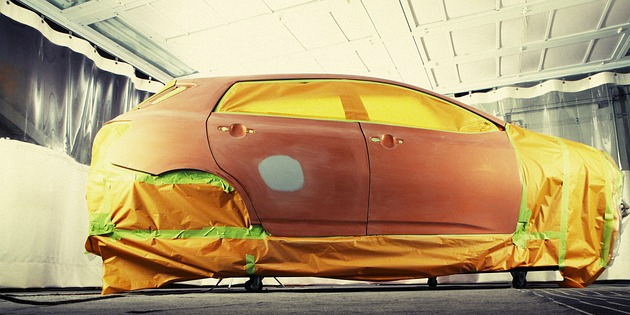If you spend a lot of time driving, there is nothing quite like a malfunctioning AC system to make your life miserable.
The problem though is that most AC failures can only be resolved by qualified technicians who have access to specialized equipment, but despite that, there are several things you can do to fix minor issues and malfunctions yourself.
In this article we will discuss some common AC issues, and what you can do to fix them yourself. For most of these problems you don’t need tools beyond a couple of screwdrivers, a piece of baling wire, and perhaps a pair of needle-nosed pliers.
So here is what to look out as what could be wrong with your car’s air conditioning unit.

The AC gives off bad odors
There are two main causes of bad odors, one being the presence of bacteria, molds, and fungal spores in the AC system, and the other being molds that grow on wet carpets as the result of the AC’s drainage channel being blocked.
Although the exact origin of micro-organisms in AC systems is always difficult to trace, the cure is simple. Most auto parts stores stock a wide range of disinfectants in aerosol form that can be sprayed into the system while it is running. In severe cases where the infestation has spread to all the ducting, more than one application may be required to solve the problem.
However, disinfectants don’t last forever, and their action is often short-lived. The best way to prevent a recurrence of the problem is to operate the AC system for at least ten minutes or so once a week, even in the depths of winter, and especially if you use the heater a lot.
Most micro-organisms thrive in the warm, moist conditions in the heating system, so operating the cold cycle is often the best way to kill off any bacteria or spores before they can multiply to the point where they start giving off bad odors.
Video: Troubleshooting a broken air conditioner
The AC causes wet carpets
In humid conditions, the AC will often freeze up inside the car, so to prevent this, most modern systems turn themselves off before it happens. However, older systems generally do not have this ability, which means that when the system is turned off, the ice melts, with the water being drained off to a point outside the passenger cabin through a drainage channel.
This drainage channel can clog up for a variety of reasons, and when this happens, the water spills onto the carpets around the AC unit. This provides a perfect breeding ground for a large variety of molds that cause that horrible, musty smell when they die off.
The obvious answer is to open the drainage channel, but to do this you often need to remove some trim panels around the AC unit. In most cases you will only need a Phillips screwdriver, and once you have cleared the way, look for a tube about 1/2 – inch in diameter directly under the AC unit that passes either through the floor, or the firewall.
This is the drainage tube, and the best way to clear it out is to run a length of baling wire through it to remove dead bugs, ant colonies, mud, sand, and anything else that might be blocking the tube. Check to see if the tube is open by slowly pouring some water down it- the water should not back up at all. If the flow is slow, or backs up, continue running the wire through the tube until the water runs through it freely. Be sure to replace all trim panels and securing screws and clips when you are done.
Removing the musty smell from the car is however sometimes not that easy, and you may have to enlist the help of professional carpet cleaners to remove the mold (and their odor) from the carpets.
Air flow is reduced
The most common cause of a reduction in airflow is a dirty or clogged cabin air filter. In the vast majority of cases, it is possible to replace the filter yourself, and you will likely only need a Phillips screwdriver to gain access to it.
Cabin air filters usually only slide in and out, although there may be retaining clips present in a few cases. Consult your user manual to locate the filter, and simply pull out the old filter, slide in a replacement, and replace all trim panels.
The AC compressor does not engage
There are a great many reasons why an AC compressor may not engage, and sadly, most of these reasons require professional diagnosis and repair.
However, all AC systems are protected, and controlled by fuses and relays. Long experience in the automotive repair industry has taught that fuses do not necessarily need a reason to blow, and they sometimes fail for no apparent reason. So if your AC system suddenly stops working after having worked flawlessly for years, it is highly unlikely that there is a serious problem such as an explosive refrigerant leak, a seized compressor, or an issue in the electronics.
Before you do anything else, consult your user manual to locate all fuse boxes, and identify all fuses that have anything to do with the AC system. There may be several fuse boxes, so make sure you find them all, check for blown fuses, and replace any that are blown with replacements of exactly the same rating.
However, a fuse does not have to be visibly blown for it to interrupt a current; corrosion that is sometimes invisible can also cause a fuse to lose contact, so if you don’t find visibly blown fuses, just wiggle the AC-related fuses around a bit. This often restores contact, and you will have saved a ton of money in diagnostic charges.
If this does not work we recommend that you seek professional assistance, since tracing electrical problems often requires specialized equipment, expert knowledge, and lots of time.






No Comments